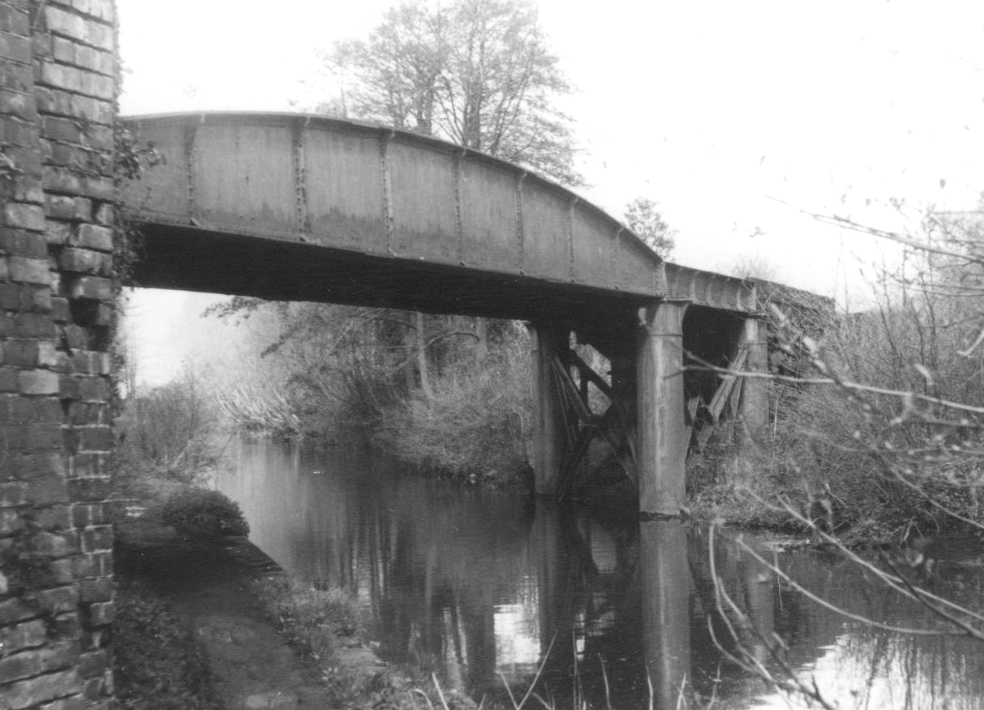Hugh Conway-Jones explains how swimming in the canal at Stonehouse was a popular activity for many years.


In the early days, swimming in the canal was banned by the Stroudwater Company because they considered the water to be their private property. Swimming would also have been a bad practice, as the canal was polluted by sewage from houses along the route.
During the nineteenth century, however, much public effort went into collecting and treating sewage, and there was growing appreciation of the health benefits of swimming. So when G W Sibly, headmaster of Wycliffe College, wanted his boys to be able to benefit from healthy out-door activites in 1883, he was able to persuade the Company to allow them to swim in the canal under certain conditions.
The chosen location was under the skew bridge of the Stonehouse & Nailsworth Railway, accessed from the off-side (opposite the towpath). This arrangement worked well for a time, although there was a report that two boys were swimming outside the agreed hours and they were not wearing drawers – in full view of train passengers passing overhead. After this, the College moved their swimming to a different location.
Local doctor Dr F G Heard had no such qualms in 1892, and he obtained the Company’s agreement to use the same ‘bathing place’ to encourage the public generally to take up swimming as a healthy exercise. He set up the Stonehouse Swimming and Water Polo Club which erected a wooden shed under the railway viaduct and had over 80 members in the first year. Their first event was a water polo match between teams from Stonehouse and Ryeford that attracted much attention, and Dr Heard himself scored two goals. In the following year, club members were shocked when a young man was seized with cramp and disappeared under the water. He was quickly rescued, but he never recovered. Not daunted, the club went on to hold their first annual sports day with prizes for swimming and diving events provided by the local gentry.
By 1897, the Swimming Club was struggling financially and they were pleased to let the recently formed Stonehouse Parish Council take over administration of the bathing place. The Council drew up Bye Laws which defined times when bathing was allowed, and they employed a caretaker to attend at those times. However, it was difficult to enforce this regulation, and there were many reports of children swimming at other times. When one young boy got into difficulties in deep water, he was lucky that swimming star Ethelbert Daniels was there to rescue him. Thirteen-year-old Daniels was a regular at the bathing place, and his favourite feat was diving from the railway bridge which spanned the canal.
In the 1920s, newspapers reported a series of swimming galas at the bathing station when events included swimming (one race for ladies), diving, water polo, fully-dressed race, pillow fight and cork bobbing. But as the popularity of indoor pools increased, formal use of the bathing place evidently declined, and the Parish Council terminated their agreement with the Stroudwater Company in 1936.
Sources
Wycliffe College swimming from D1180/1/6 p379 and D1180/9/7 p222.
Stonehouse Swimming & Polo Club from Stroud News and other newspapers.
End of agreement for bathing station from D1180/1/10 pp.14-16.